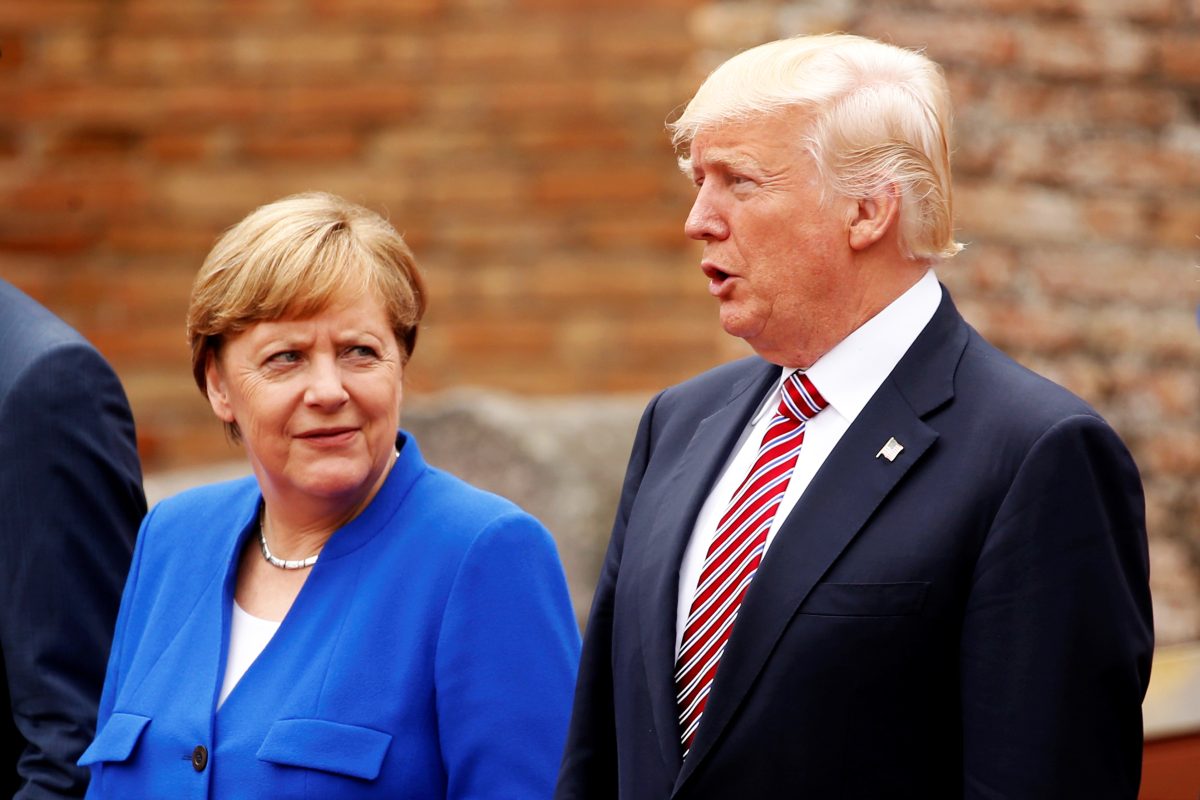On September 24, 2017, the German federal elections were held to elect the members of the 19th Bundestag. Shortly thereafter, the newly formed Bundestag voted for the chancellor. Given the makeup of the Bundestag, it came as no surprise that Angela Merkel won, making it her fourth term as chancellor, because her party, the Christian Democratic Union (CDU), had the most seats of any other party.
What are the German citizens actually voting on?
The German people chose the makeup of each Bundestag and then the representatives in the Bundestag vote for the next chancellor. Every four years, Germans will cast two votes on election day. The first vote will be for a candidate and the second will be for a political party. This party vote exists in order to make sure that the Bundestag is representative and reflects the party preferences of the country as a whole. The candidate vote determines who will represent each of Germany’s 299 districts in the Bundestag. A political party must have at least five percent of the overall party vote in order to be a part of this legislative group. Once all the representatives are chosen, additional representatives are added until the breakdown of the Bundestag matches the breakdown of the political party preferences of the whole electorate.
How does this compare to the United States elections for the president?
In the U.S. , the members of the Electoral College vote to determine who will become the president. There is a two-part process to choosing the members of the college. First, before the general election, each political party from each state chooses a slate of electors for that particular state. Then, on election day, the voters in the different states select their electors when they ostensibly vote for the president. How the electoral votes are divided between candidates depends on the state itself. Some have an all or nothing rule and others divide them in some way. A candidate must win at least 270 of the 530 electoral votes in order to become the next president. It is possible, as demonstrated by the most recent election, and by four other federal elections, that a candidate may win the electoral vote but lose the popular vote. The elections for the legislative body, which in the U.S. is Congress, is a separate process, while in Germany it happens all at once. Like in Germany, the U.S. citizens do not directly elect their next leader, but instead chose those who will make that decision.
How are political parties broken up in Germany and how does this compare to political parties in the U.S.?
There are many political parties in Germany but the two largest are the center-right (the CDU) and the center-left (the Social Democratic Party, or SPD), which generally corresponds with the Republican party and the Democratic party, respectively. Currently, the CDU has the most seats in the Bundestag just like the the Republican Party has the majority in both the Senate and the House of Representatives in the U.S. Congress. There are many similarities between the German political parties and the U.S. political parties. For example, the CDU and the Republican party tend to be more conservative and the SPD and the Democratic party tend to be more on the liberal side of the spectrum. However, both major parties in Germany have declared their acceptance of mainstream science when it comes to climate change, unlike in the U.S. where there is still great controversy over this topic. There are however more parties than just the two major ones. In Germany there are also: the Left, the Greens, the Free Democratic Party, and the Alternative for Germany. In the U.S. there is: the Green Party, the Independent Party, the Libertarian party, and the Constitutional Party. The U.S. is a two-party system, which means it is dominated by the Democratic and the Republican parties. In contrast, in the German legislative body there is more representation of a variety of parties other than the two major parties.
Featured Image Credit: Time Magazine
By Lucy Porter

































































